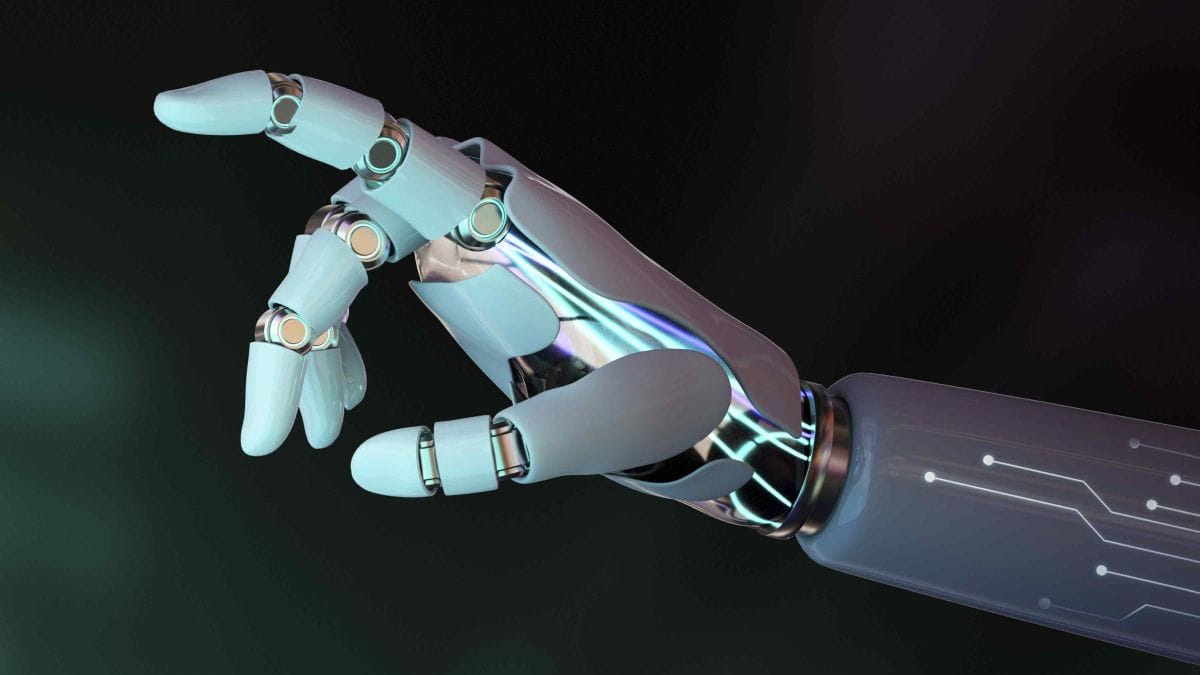Staying ahead of the curve is paramount in today’s rapidly evolving business landscape. One significant way to achieve this is through technology. Among the myriad advancements, Intelligent Character Recognition (ICR) software is a transformative tool for businesses across industries. This blog delves into how ICR software can revolutionize your operations, providing a competitive edge in efficiency, accuracy, and cost-effectiveness. We’ll explore what intelligent character recognition is, its distinctions from optical character recognition (OCR), and the specific benefits it brings to the table.
What is Intelligent Character Recognition (ICR) Software?
Intelligent character recognition (ICR) software is an advanced technology beyond traditional optical character recognition (OCR). While OCR excels at recognizing clean, printed text, ICR takes things further. It utilizes machine learning algorithms to decipher a wider range of document types, including:
Handwritten documents: ICR can interpret various handwriting styles, making it ideal for processing handwritten forms, applications, or notes.
Poor-quality scans: ICR software can handle blurry scans, faded documents, and images with uneven lighting, overcoming the limitations of basic OCR.
Complex layouts: ICR can process documents with complex layouts, such as tables, invoices, or forms, extracting relevant data with high accuracy.
ICR software continuously learns and improves its recognition capabilities by leveraging machine learning. This translates to significant benefits for businesses across all industries.
ICR vs. OCR: Understanding the Key Differences
While both ICR and OCR manage character acknowledgment, they contrast in their capacities:
Exactness: ICR boasts higher precision, particularly when testing archives with manually written structures or low-quality sweeps. OCR can cope with these situations.
Versatility: ICR can adjust to different archive organizations and penmanship styles, offering greater adaptability. OCR is fundamentally appropriate for clean, printed text.
Intricacy: ICR can deal with complex designs and concentrate explicit data of interest from solicitations or structures, going past straightforward text acknowledgment. OCR centers around changing the whole picture into editable text.
Therefore, ICR software is the preferred choice for businesses dealing with diverse document types or requiring high accuracy in data extraction.
Now that we understand intelligent character recognition and its distinction from OCR let’s explore five ways ICR software can transform your business.
1. Streamlining Data Entry Processes
Manual data entry is time-consuming and error-prone, often leading to inefficiencies and inaccuracies hindering business operations. ICR software automates data entry tasks by accurately interpreting handwritten forms, invoices, and other documents. By digitizing this information, businesses can significantly reduce the time spent on manual data entry and minimize the risk of human errors.
Benefits of Automating Data Entry with ICR
Increased Efficiency: ICR software processes documents much faster than manual entry, allowing businesses to handle large volumes of data efficiently.
Reduced Errors: ICR’s advanced recognition capabilities minimize the likelihood of transcription errors, ensuring more accurate data.
Cost Savings: By automating data entry, businesses can reduce labor costs associated with manual data processing.
2. Enhancing Customer Experience
Providing a seamless and efficient customer experience is paramount in today’s customer-centric marketplace. ICR software can play a pivotal role in enhancing customer interactions and satisfaction.
How ICR Software Improves Customer Experience
Faster Form Processing: Whether it’s processing handwritten customer feedback forms or application forms, ICR software accelerates the turnaround time, ensuring prompt responses and actions.
Accurate Customer Information: By accurately capturing handwritten customer details, businesses can maintain up-to-date and error-free customer databases, leading to better personalization and service.
Streamlined Onboarding: For industries like banking and insurance, where customer onboarding involves multiple handwritten documents, ICR software simplifies and speeds up the process, enhancing overall customer satisfaction.
3. Optimizing Document Management
Efficient document management is crucial for businesses to ensure easy access, retrieval, and storage of important information. Intelligent character recognition software can transform the way organizations handle document management.
Key Advantages of ICR in Document Management
Improved Searchability: ICR converts handwritten text into searchable digital format, making locating specific documents or information within a large repository easier.
Enhanced Organization: Digitized documents can be systematically categorized and stored, reducing clutter and improving overall organization.
Secure Storage: Digitally storing documents with ICR ensures that important information is backed up and protected from physical damage or loss.
4. Facilitating Compliance and Auditing
Compliance with regulatory requirements and auditing standards is a critical aspect of business operations, particularly in finance, healthcare, and legal industries. ICR software can assist businesses in maintaining accurate records and facilitating compliance.
Compliance and Auditing Benefits of ICR
Accurate Record-Keeping: ICR ensures that all handwritten records are accurately digitized and maintained, aiding in compliance with record-keeping regulations.
Efficient Auditing: Digital records generated by ICR are easier to audit, as they can be quickly searched and reviewed for accuracy and completeness.
Regulatory Adherence: ICR software helps businesses adhere to industry-specific regulations by accurately capturing and storing all necessary documentation.
5. Driving Data-Driven Decision Making
In the era of big data, making informed decisions based on accurate data is crucial for business success. ICR software can provide valuable insights by converting handwritten data into actionable information.
How ICR Supports Data-Driven Decision Making
Comprehensive Data Capture: ICR captures handwritten information that might be overlooked, providing a more complete data set for analysis.
Data Integration: Digitized data from ICR can be easily integrated with other business systems, facilitating seamless data flow and analysis.
Actionable Insights: By converting handwritten data into digital format, ICR enables businesses to analyze trends, identify patterns, and make data-driven decisions that enhance operational efficiency and strategic planning.
Conclusion
Intelligent character recognition software is a powerful tool that can transform various aspects of business operations, from streamlining data entry processes to enhancing customer experience, optimizing document management, facilitating compliance, and driving data-driven decision-making. By leveraging ICR’s advanced capabilities, businesses can achieve greater efficiency, accuracy, and cost savings, ultimately gaining a competitive edge in today’s dynamic marketplace.







Leave a Reply